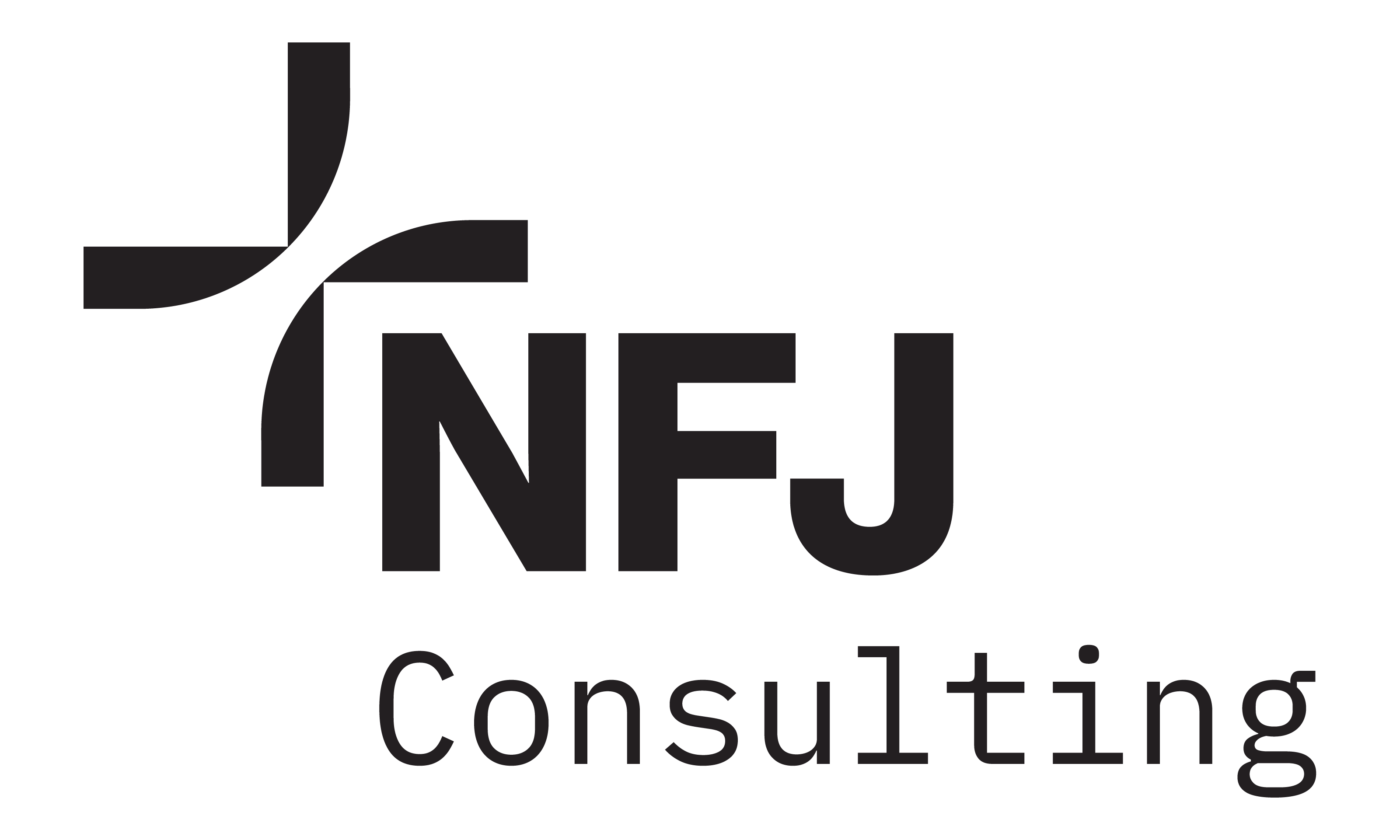AI and Improving Access to Safer Medicines
How Artificial Intelligence is destined to change our day-to-day reality is a hot topic. Amid the swirl of speculation, positive and negative, in just about every news source, there is a compelling argument that AI will bring improvement to pharmacovigilance – the science behind the identification, collection and interpretation of information in the real-world use of medicines. This discipline helps regulators identify events that may pose a risk to public health. Better and faster pharmacovigilance assists in promoting safer use of any drug, whether it is innovative, generic or a vaccine. AI offers the promise of speedier and more accurate intelligence in this area.
Serious health issues and drug safety concerns are always with us. While less frequent in the developed countries, they can arise anywhere in the world. The traditional pharmacovigilance process is time-consuming and requires intensive training. Because mandatory paperwork is not the same in all jurisdictions, and patients in some countries cannot participate in the process for many reasons, information is not easily generated and shared. Consequently, a great deal of global information about the safety of drugs is not properly reported, if at all, which renders safety databases incomplete. In some cases, alerts may come too late, prolonging and exacerbating conditions.
Speedier and More Accurate Intelligence
AI has the potential to deliver quicker safety alerts, making the overall process more inclusive by collecting drug safety information across the world in real time. Any individual anywhere, experiencing an undesired or unusual outcome, adverse event, or the ineffectiveness of a drug would ideally be able to report it immediately using a universal pharmacovigilance mobile phone app.
Significantly, comprehensive global reports will therefore include more relevant data. The issue of turning that potentially massive amount of data into a manageable and sharable database can be thus tackled by an appropriate machine learning process. Machine learning can check and sort out relevant information for each drug. This can be done despite different nomenclatures, noisy data, and so on. It can also provide reports and alerts faster, maybe even in real time. New and better AI tools are continually developing, opening the possibility of ongoing improvement by orders of magnitude.
Enlisting the Potential of AI
What is needed to bring about highly developed AI-based pharmacovigilance intelligence? I believe it requires coordinated action involving global health authorities, public and private partnerships. To initiate the machine learning process, a structured and curated database for calibration of the overall process should be developed.
Global safety reports will allow regulators to quickly update critical information. Drug safety “red alerts” will prompt quick regulatory corrective actions, such as the recall of medicines, sending alerts to both patients and prescribers, and advisory corrections of manufacturing issues.
Safety of medicines is a serious matter and AI creates this exciting opportunity to make pharmacovigilance simpler, faster and more able to dramatically increase the number of patients and treatments surveilled on a global scale.
My hope is that this vision will soon become a reality.
Straightforward In-Depth Answers to Complex Questions
For expert guidance on issues that impact business in the medical, pharmaceutical, and biotech worlds, visit NFJ Consulting at nfjconsultor.com.
Contact us at +1-973-615-2162 (US); +55 1198112 2020 (Brazil). Or contact Nelson de Franco online here.




